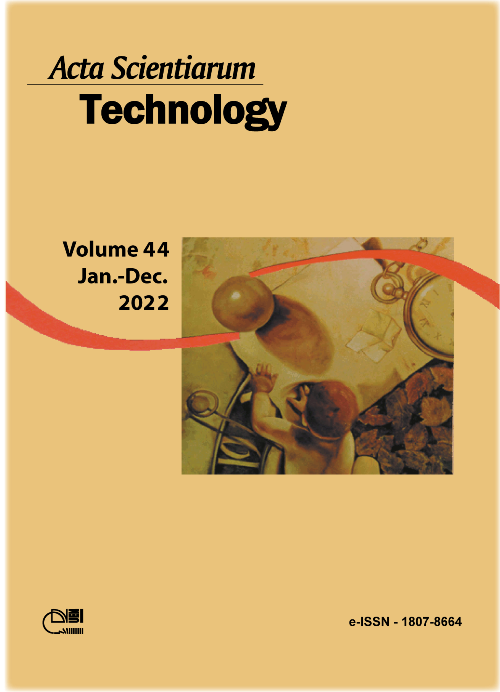Premature ventricular contraction recognition using blind source separation and ensemble gaussian naive bayes weighted by analytic hierarchy process
DOI:
https://doi.org/10.4025/actascitechnol.v44i1.60386Palavras-chave:
Arrhythmia recognition; ensemble learning; machine learning; heart diseases; decision making in healthResumo
Premature Ventricular Contractions (PVC) arrhythmias can be associated with sudden death and acute myocardial infarction, occurring in 50% of the population for Holter monitoring. PVC patterns are very hard to be recognized since their waveforms can be confused with other heartbeats, such as Right and Left Bundle Branch Blocks. This work proposes a new approach for PVC recognition, based on Gaussian Naive Bayes algorithm and AMUSE (Algorithm for Multiple Unknown Signal Extraction), which is a method for the blind source separation problem. This approach provides a set of attributes that are combined by Linear Discriminant Analysis, allowing the training of an ensemble learning. The Analytic Hierarchy Process weights each learned model according to its importance, obtained from the performance metrics. This approach has some advantages over baseline methods since it does not use a pre-processing stage and employs a simple machine learning model trained using only two parameters for each feature. Using a standard dataset for training and test phases, the proposed approach achieves 98.75% accuracy, 90.65% sensitivity, and 99.46% specificity. The best performance was 99.57% accuracy, 98.64% sensitivity, and 99.65% specificity for other datasets. In general, the proposed approach is better than 66% of the state-of-the-art methods concerning accuracy
Downloads
Referências
Downloads
Publicado
Como Citar
Edição
Seção
Licença
DECLARAÇíO DE ORIGINALIDADE E DIREITOS AUTORAIS
Declaro que o presente artigo é original, não tendo sido submetido í publicação em qualquer outro periódico nacional ou internacional, quer seja em parte ou em sua totalidade.
Os direitos autorais pertencem exclusivamente aos autores. Os direitos de licenciamento utilizados pelo periódico é a licença Creative Commons Attribution 4.0 (CC BY 4.0): são permitidos o compartilhamento (cópia e distribuição do material em qualqer meio ou formato) e adaptação (remix, transformação e criação de material a partir do conteúdo assim licenciado para quaisquer fins, inclusive comerciais.
Recomenda-se a leitura desse link para maiores informações sobre o tema: fornecimento de créditos e referências de forma correta, entre outros detalhes cruciais para uso adequado do material licenciado.



















